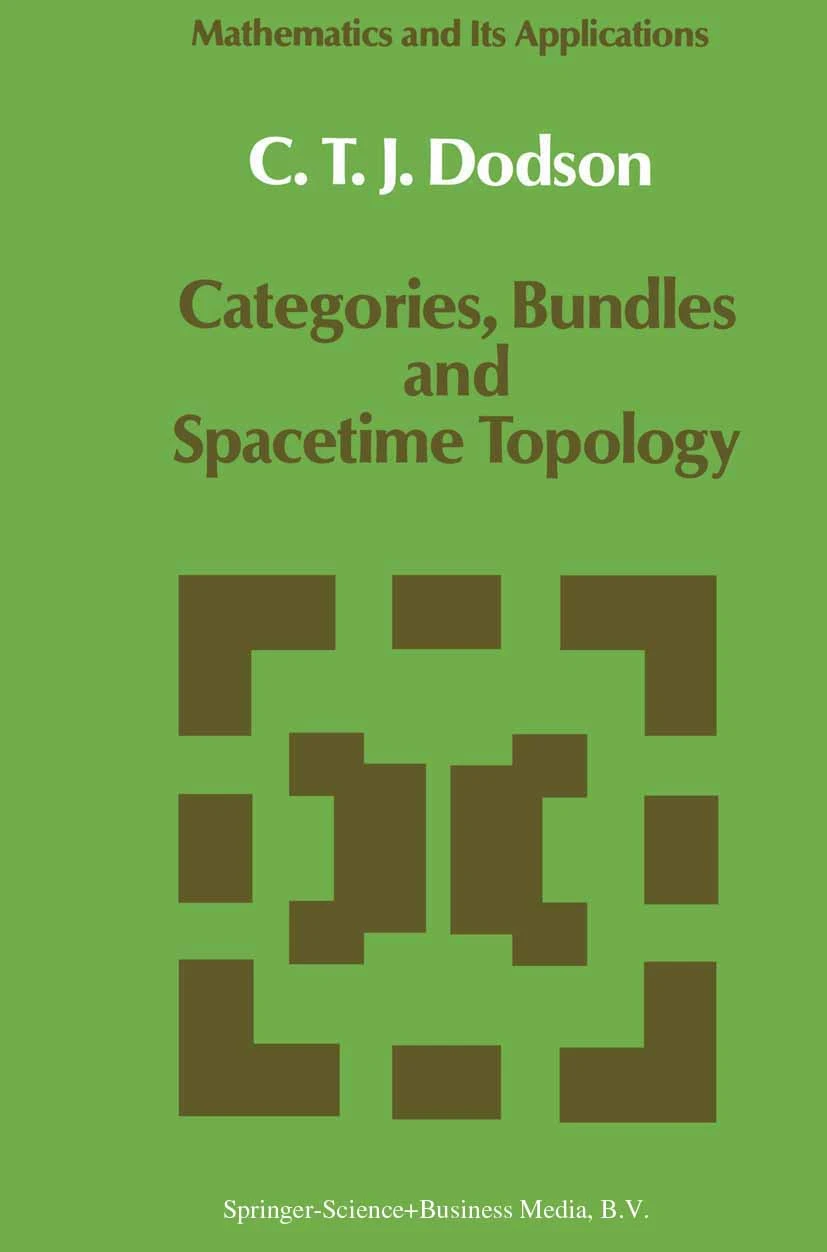The naïve approach
 |
| Categories, Bundles and Spacetime Topology |
'First steps' are by their nature plagued by uncertainty of intent and direction, ungainliness, missteps, stumbles and ('finally') possibly falls.
Finding a starting point can be difficult.
Where to find a hand-hold, place one's foot, or other anchor?
At Lancaster University library I came across this book, first published in 1980. The cover displayed is from the 1988 edition.
In order of appeal I read:
applications, categories, spacetime and topology.
Section I starts with Preliminaries: Notation and Abbreviations; always useful (reminder).
The next, Section II Naïve Category Theory, had my immediate attention. We often speak of learners as being naïve. As lifelong learners we all meet this descriptor. I keep revisiting this word, concept - 'naïve'.
Naivety is a starting point for practitioners in health and social care too. Hence the need for supervision, mentors, the tokens of probationary (driver) and 'newly qualified'.
Many posts on W2tQ stress the diagrammatic quality of Hodges' model. It is visibly a 2x2 matrix, (once again..) beloved of management consultants, psychologists and change agents. In Section II Dodson recognizes the London Underground map as a graph. A small example is developed, explained and illustrated on p.6.
 |
| Graph example, drawing on the London Underground. p.6. |
Section II may be a small part of the overall book but it is invaluable to me. As the photo above suggests, the book is old, especially as 1st edition. I will try to access the 2nd edition. If this work is a project with which you can (more ably!) assist, I would greatly appreciate your input. The aim is to signpost Hodges' model as a potential focus for all researchers. Especially researchers interested in trying to conjoin the sciences and humanities and develop visualization in the latter.
C.T.J. Dodson. Categories, Bundles and Spacetime Topology. 1st Edition, Shiva, Kent. 1980.
Previously: 'math'
'Diagram' resources listed on former, now archived website.


 orcid.org/0000-0002-0192-8965
orcid.org/0000-0002-0192-8965
